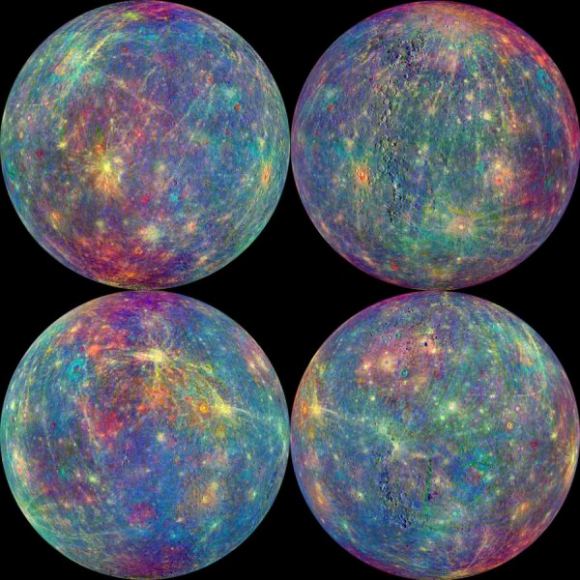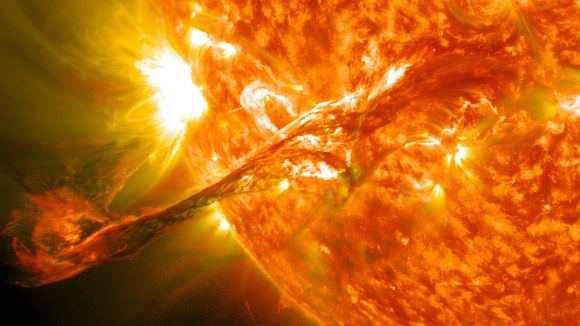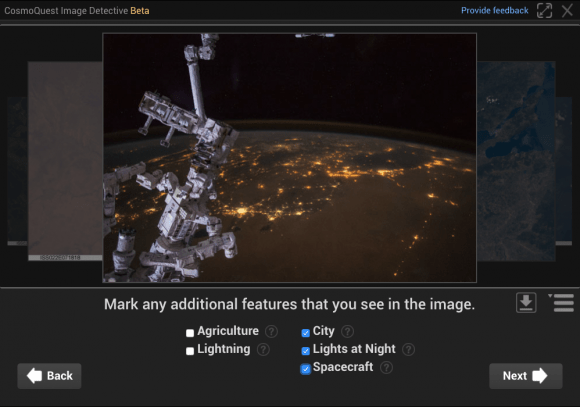Welcome, come in to the 530th Carnival of Space! The Carnival is a community of space science and astronomy writers and bloggers, who submit their best work each week for your benefit. So now, on to this week’s stories!
First, the big news story of the week was that the LIGO Scientists who Detected Gravitational Waves Awarded Nobel Prize in Physics.
Then, we go over to Urban Astronomer where Allen Versefeld features an interview with Cassini mission scientist Dr Michele Dougherty. Check out the podcast where they discuss the end of the Cassini mission, and it’s continuing legacy.

Next up, Ryan Marciniak over at The Solstice Blog shares a Double Post: Mini Stars & Morning Micrometeorites on Mercury and The Trials of Solar Eclipse Photography.
Then, Brian Wang over at NextBigFuture highlights plans for the US to return to the moon as a top priority. And Elon Musk says that SpaceX is aiming for two rocket landings in 48 hours this weekend.
Over at Planetaria, Paul Scott Anderson shares the concept of ‘Hopping around’ on Pluto? Exciting lander mission concept presented at NASA.

Next, we return here to Universe Today. Matt Williams shares
a proposal for A Giant, Space-Based Solar Flare Shield for Earth. Next up, Matt presents New Clues for the Existence of Planet 9. Finally, Matt details that Tabby’s Star may Not be an Alien Megastructure, but a Cloud of Dust on a 700-Day Orbit.

Finally, don’t forget to go and join us at CosmoQuest for some citizen science! The new Image Detective project takes the thousands of photos taken by astronauts from space, and allows us to identify locations and features in them. This information is useful for doing all kinds of science, and the photos are amazing. Check out Image Detective here.
Thank you for all of your stories – we’ll see you next week!
And if you’re interested in looking back, here’s an archive to all the past Carnivals of Space. If you’ve got a space-related blog, you should really join the carnival. Just email an entry to [email protected], and the next host will link to it. It will help get awareness out there about your writing, help you meet others in the space community – and community is what blogging is all about. And if you really want to help out, sign up to be a host. Send an email to the above address.

